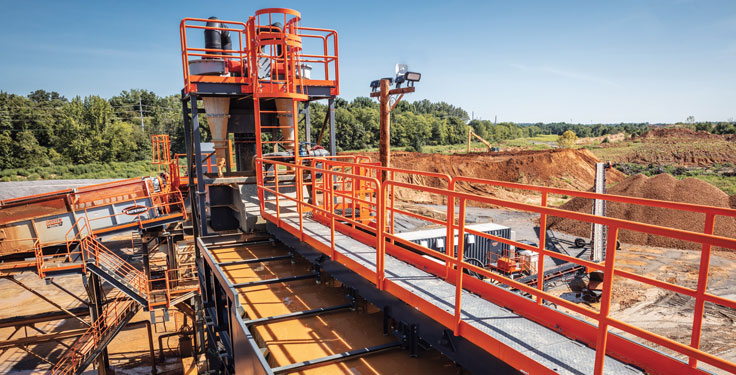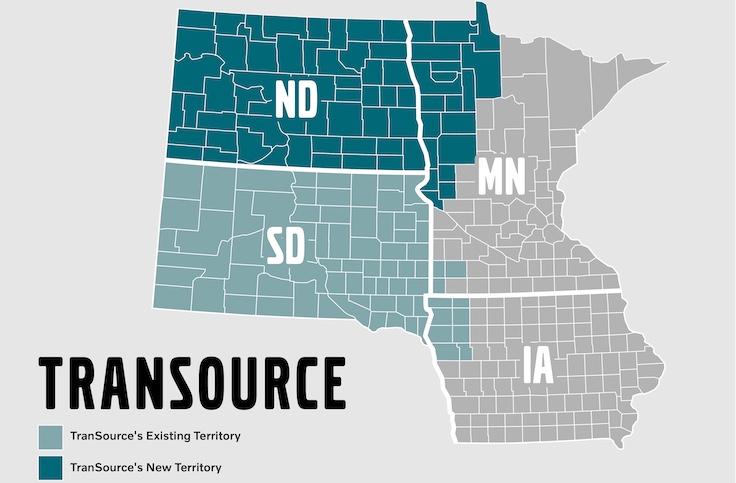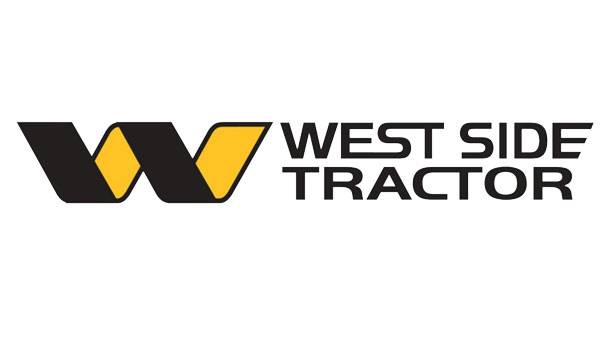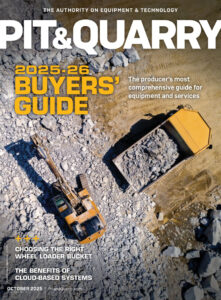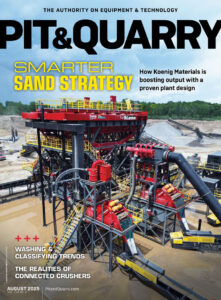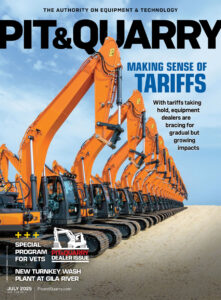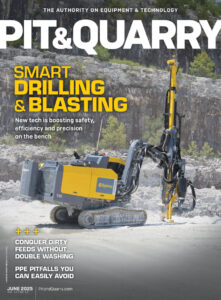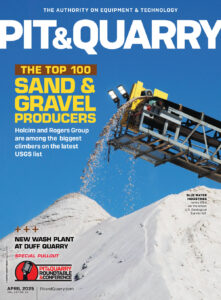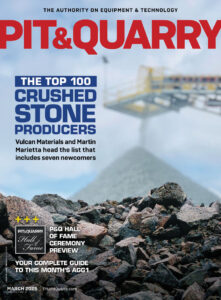When the nice, clean deposits are gone, the potential for double – or even triple – washing is here to stay.
“That’s a frustrating issue for most producers as they face today’s tough deposits,” says Lauren DeBow, washing applications engineer at Superior Industries. “There’s still value in that deposit, but it takes more processing time and equipment to get the good stuff out.”
When digging into the dirtiest deposits, DeBow advises producers to intensify their focus rather than get frustrated. Their focus, she says, should be on achieving the lowest cost per ton while meeting required specifications.
“Washing is a unique process for each and every operation,” DeBow says. “Developing wash plant cost-efficiency depends upon the particular deposit, specification and capacity requirements, and overall plant operations. So, we focus on each unique parameter.”
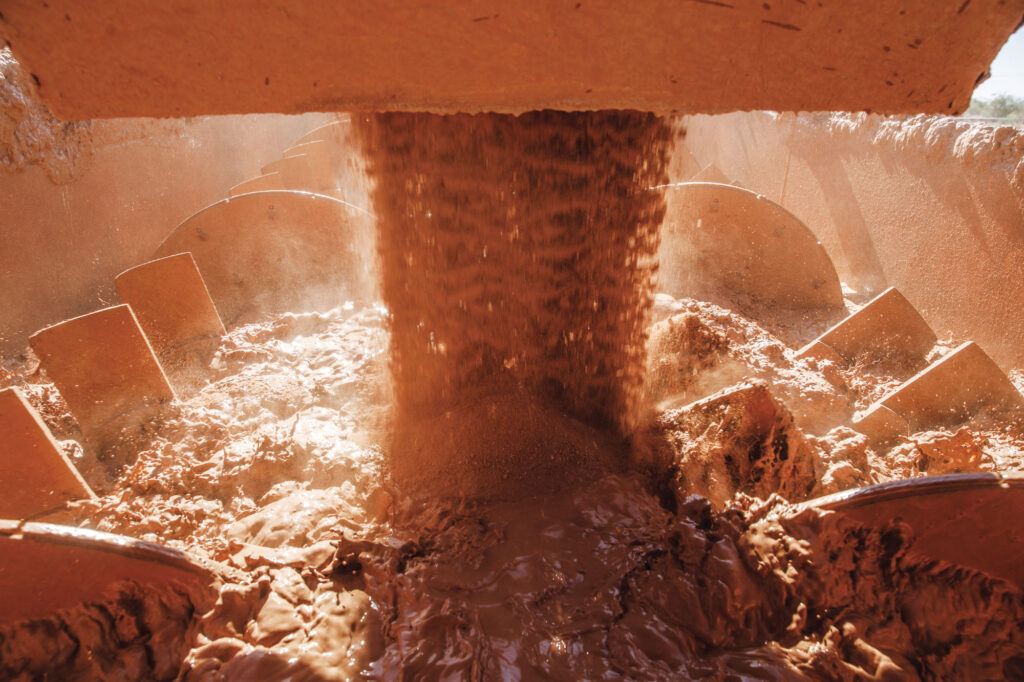
Twice the challenge
As DeBow describes, every single piece of washing equipment has its limits – whether it’s a sand screw, a classifying tank or a cyclone.
With washing, she says, there are no one-size-fits-all equipment solutions.
“Sure, some pieces of equipment are more efficient than others, but everything has its place,” DeBow says.
Additionally, when operations have more than 12 percent minus-200 mesh in the feed material, DeBow says that’s too many fines to be washed out in one pass. With Department of Transportation C33 sand products being in such high demand, more producers are realizing just what it takes to meet washing requirements.
For example, a single sand screw or a single cyclone cannot make a common C33 sand out of feed material that is at or above the 12 percent minus-200-mesh threshold.
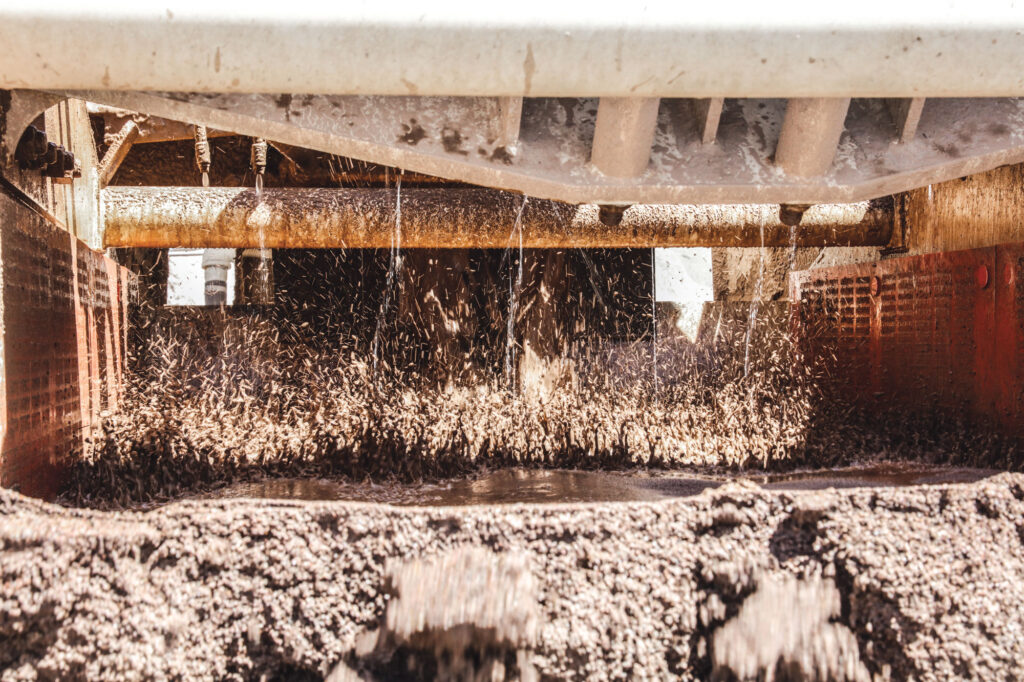
According to DeBow, a C33 spec sand typically limits material passing 200 mesh to between 0 and 3 percent – a very tight and limiting bottom end. Consequently, if it’s common for feed material to contain a fines percentage ranging from 12 percent – and all the way up to 30 percent – more work, more equipment, more water and more washing is required to meet product specifications.
Custom solutions
Again, frustrations with dirty deposits are understandable, but producers should focus on the solutions instead.
And industry experts are ready to help. DeBow says she finds it fascinating – even fun – to assist operations with double washing. The fun partially derives from the fact that producers can take a variety of approaches to washing.
Solutions vary widely, from the simple to more sophisticated ones.
“When dealing with a low to moderate fines percentage, it may be just a matter of adding another sand screw,” DeBow says. “Or, it’s as easy as adding a dewatering screen with spray bars just to get the bottom end tightened up a bit.”
When the feed material approaches 20 percent of material passing 200 mesh, some operations combine cyclones with sand screws for greater control. Also, many solutions involve the use of a classifying tank followed by a sand screw. The classifier filters off a substantial portion of the minus-200 mesh in the first pass, while the remainder is processed again as it hits the sand screw.
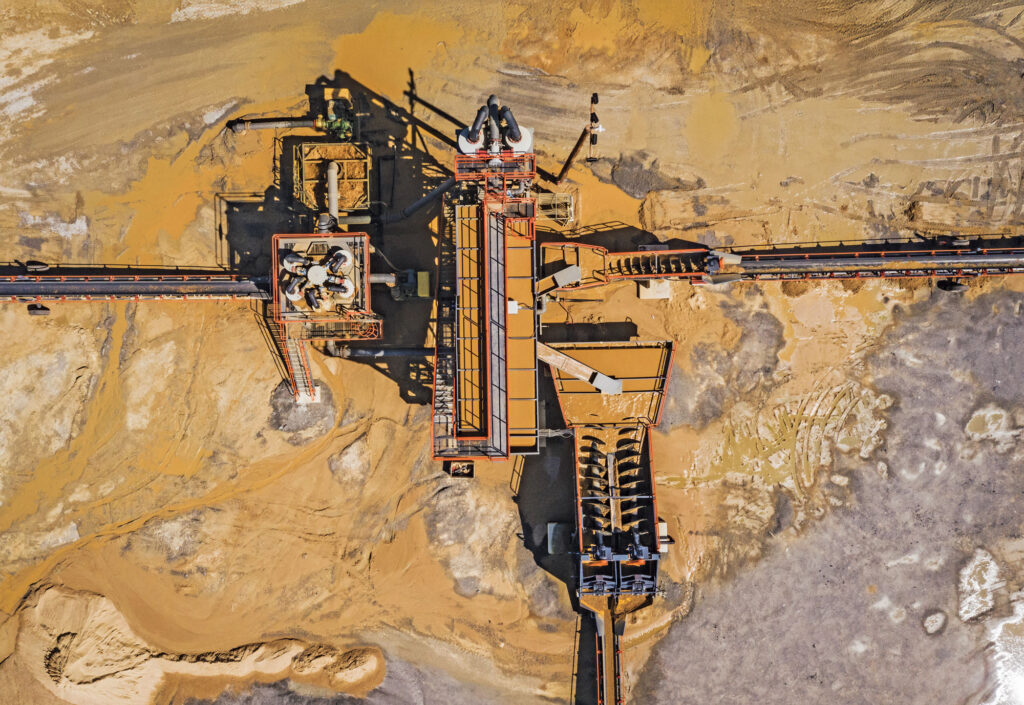
In some cases, DeBow suggests it’s best to place a cyclone ahead of a classifying tank. As the cyclone pulls off a portion of the 200s, it takes some of the pressure off the classifying tank, allowing the producer to use a smaller classifier for cost savings or space restrictions.
No matter how tough the application is, cost-efficient washing is within reach.
Carol Wasson is a veteran freelance writer for the aggregates and construction equipment industries.

